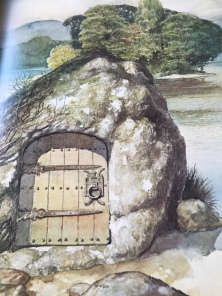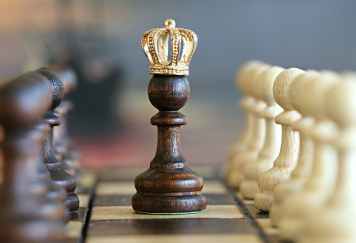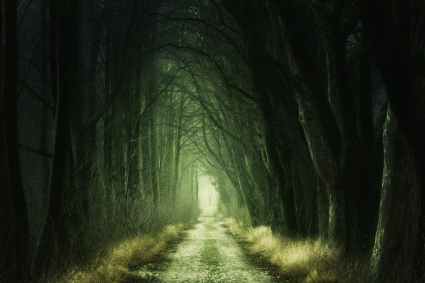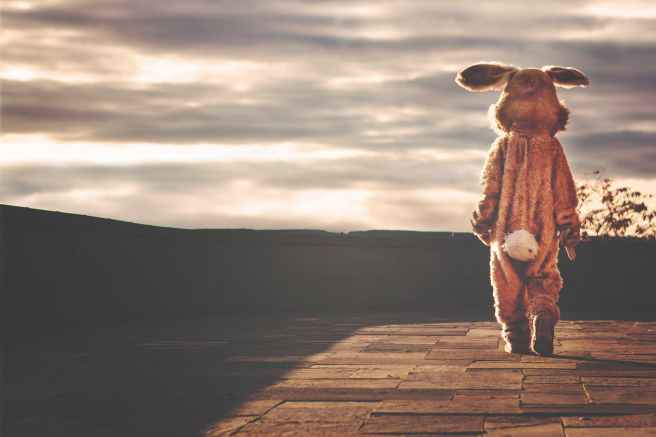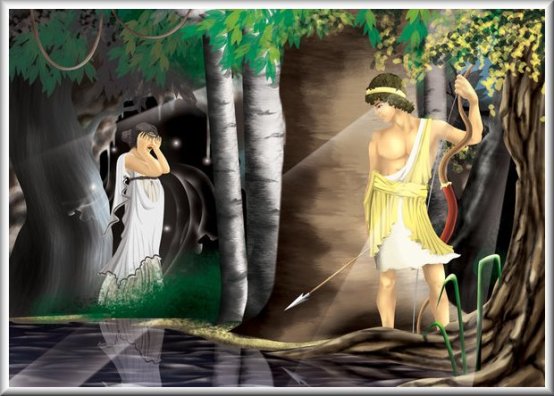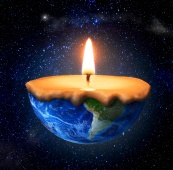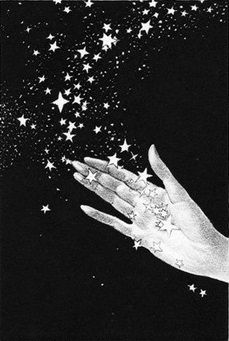Billy Connolly has been knighted.
Powerful, beautiful murals of him adorn the streets of Glasgow. He is looking more mythic than ever and it is impossible to picture his face and not hear his voice.
Rob Roy Rebellion, Einstein Humanity, Gandalf Resilience.
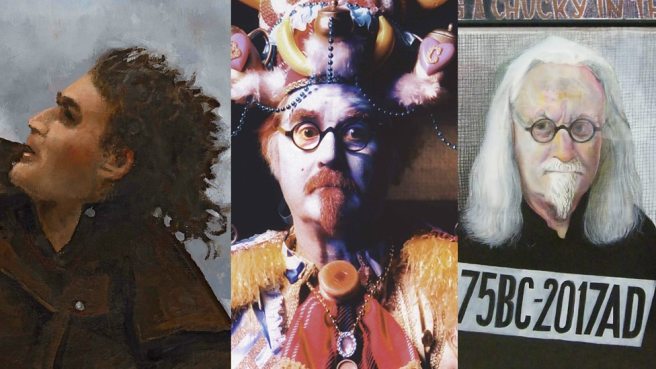
Now in the Autumn of his life, knighthood is a tickle. But Sir William seeks neither comparison nor ceremony. Perhaps the real glory came long ago, when Connolly made up his mind to take the left -hand path. When you’re born unto a land that breathes through its mythic bellows like some giant Dragon, donning the hero’s cap and taking the road less travelled seems to be a given. And there’s more. Weaving courage and valour through your life story the natural result, when you are tall, dark and irreverent. Folk singer, actor, comedian, activist. Like all half-decent knights Connolly has been at this authentic heart caper a lifetime now. So you do get this gig?
Step Away
When I listen to mythologist Joseph Campbell give a lecture on The Left-Hand path, everything shifts. Moving away from the known world and often, the socially accepted codes that form both our safety net and our limitations is at the centre of most all adventures of the heart. Reflecting on Connolly’s views on Knighthood, I am reminded of a radio interview I heard many years ago. In that moment I caught fragments lilting through the waves, and was mesmerised by his folk cadence, the Cànanan Goidhealach all around the edges of his speech like he is my own personal Seanair.
Pegging clothes on the line and watching my baby daughter pull up grass, I turned up the volume and followed his voice. Gentle, innate and reassuring he speaks in a way that seems to make universal law of his view on things. I enjoyed being swept along. Because frankly, the man tells a story with working-class decency. He takes his time, sharing a little of what he has with strangers, like bread on a park bench.
Stories should hold you in their palm for a moment or two, and Billy’s do.
In this instance, he spoke of the abuse he experienced as a child. Sexual abuse from his father, and physical and emotional abuse from his Aunt, with whom he lived. The interviewer is probing and he deflects the questions with grace. Inside, Billy Connolly is a tower and he can let the rope down a little without it hurting. The probing continues. He lets the rope down a bit more.
And here’s the thing. Even here, in the painful recesses of childhood abuse, the irreverence continues. Billy’s unconventional response is to express forgiveness. And love for his father. He explains;
How other people regard me is none of my business. What happened is not my concern. It’s their journey- not mine.
It is an astonishing remark and takes a while to sink in. Even now I still turn it around in my mind. I’m listening in for artifice, for denial, for imbalance. But what comes through is instinctive espérance, like I’m sitting behind the bike shed talking with my best friend. He really means it. The man makes a nonsense of shame.
The Need to Understand Unconventional Behaviour
So. What is This Thoughtform Based Upon?
I look to circumstance. Is the tolerance, nae acceptance of incest some kind of Clan code to which only a Scotsman is born? Is denial so deep it has become liberation? Has Billy Connolly transcended the physical plane as monks might and entirely disconnected from the need to blame?
Or is he simply telling his truth?
Accepting what others do to us as an act of humanity or religious duty has become counterintuitive in our highly individualised world. These days, we aspire to most certainly not accept what is done to us , and indeed, popular dialect supports us to resist acceptance. The empowerment afforded by this great leap forward is long overdue and its rightful place in our moral landscape non-negotiable. However, I wonder to what degree it keeps us engaged with and unable to move on from the complex nature of our personal past. Disappointment, sadness, trauma, defeat, we have all been touched by these. Our parents did their best, in the circumstances they had? Do we expect too much?
If re-engaging with events from the past cannot bring about effective healthful change, then perhaps another approach might work.
Don’t Wait for an Invitation
Not all of the people who have hurt us are emotionally available or alive enough to allow a formal healing process to occur. Not all people who hurt us are willing to be accountable. Indeed, many people who hurt us will actively remain unattainable, and in doing so reshape our story without our permission.
Accepting a lack of closure seems problematic at best. How can we accept poor behaviour without feeling like we have submitted to it? Lost a part of our moral integrity, our self respect? Given up the right to heal? At the heart of ‘acceptance’ intersect numerous philosophies central to Western discourse. Questions of morality, transgression, crime, and punishment.
Folklore would raise an eyebrow at the notion of acceptance and light another way for its pilgrims of manhood, womanhood, clanhood.
Spiritual devotees might approach acceptance through the tenets of forgiveness, love, fidelity, and forbearance. The separation of spiritual self from physical self.
But contemporary popular culture frequently finds acceptance inconvenient, old-fashioned even. Something our parents did, but not for us. We are now encouraged to cut out things in our life that aren’t working and become a better version of ourselves. Clear out the cupboards, cut ties, move on. Block, delete, disconnect, re-invent. It seems sensible. Effective. Healthy.
And it’s pretty popular too.
There are numerous people in my life who embrace this philosophy with both hands, happy, righteous even, in their right to delete. And I am tempted. I like the idea that I have permission to ditch a fifteen-year friendship because of some shitty behaviour. But It doesn’t work for me. Moving on without a loved one, while keeping an open heart, is one thing. Fleeing the building in the dead of the night is quite another. Yet, moving towards acceptance without the other party is sometimes the only option. And some detachment can help out here.
What Other People Think of us is None of our Business
If we live as though what others think of us is none of our business, isn’t all behaviour, good or bad, ultimately pointless? To take this to its ultimate conclusion would put us in the company of a vast hall of moral philosophers, and we’re not doing that just now, because we’re hanging with Billy. Whose point is, if we can accept that what a person thinks of us is none of our business, we can see their unkind treatment of us as ultimately not connected to our soul journey. Not our stuff. We remain authentically, us.
Everything from a condescending gesture, careless remark, self-absorbed friendship, from one-way relationships, small minded colleagues, hyper critical parents, lovers who get distracted, partners who just won’t change… when we take it on, and we all take it on, we overload, we struggle to walk on, we become donkeys.
Whether or not Billy Connolly has truly forgiven can only meet confirmation in that marvellous heart of his. The widespread application and success of this philosophy is in this moment, barely relevant and none of my business.
But dammit, I like his style.

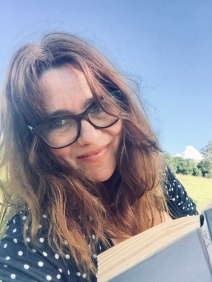 Loneliness then for me, is a place where I can’t give love. Where doors to that natural instinct have been closed or remain unsafe to open. Not giving love is like trying to hold the tide back. Its exhausting. A lot of us feel this way. Sometimes, loving the way you wish to is not possible. It can’t be helped.
Loneliness then for me, is a place where I can’t give love. Where doors to that natural instinct have been closed or remain unsafe to open. Not giving love is like trying to hold the tide back. Its exhausting. A lot of us feel this way. Sometimes, loving the way you wish to is not possible. It can’t be helped.







